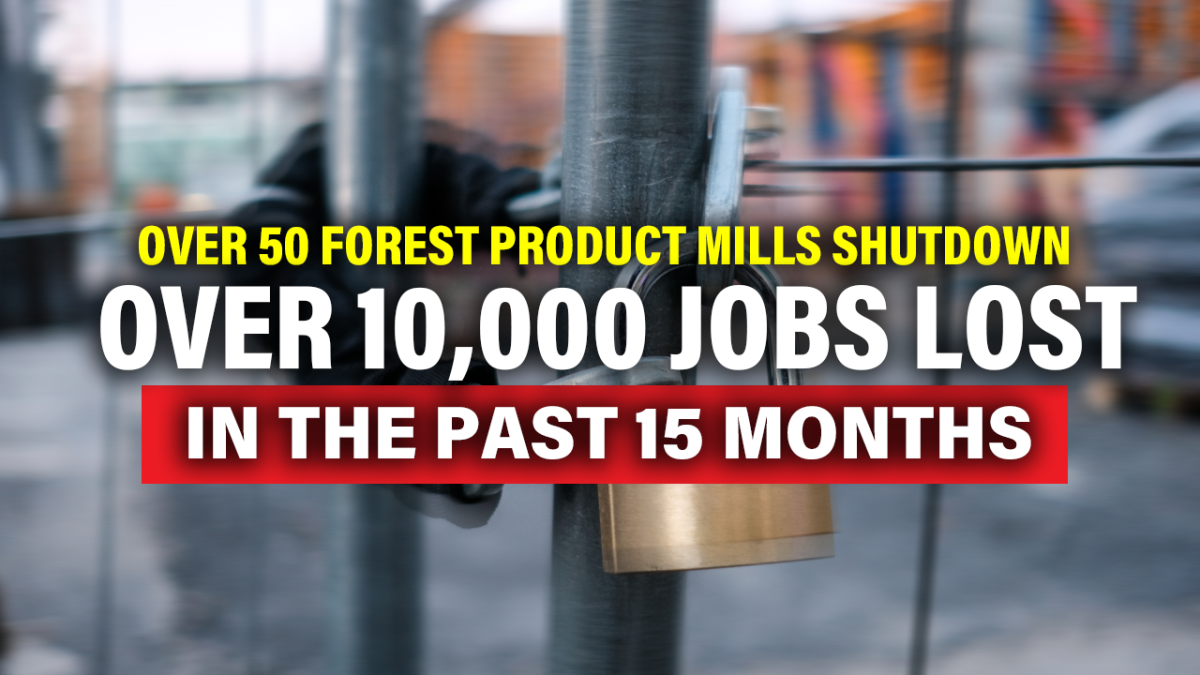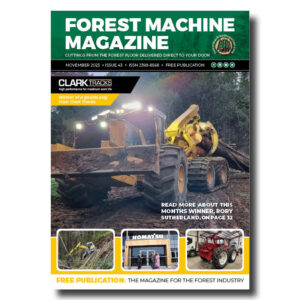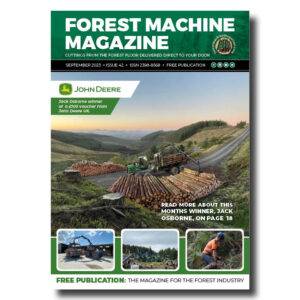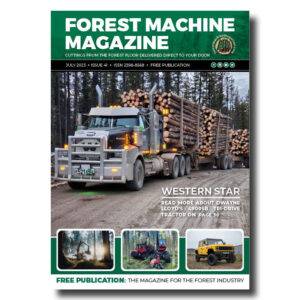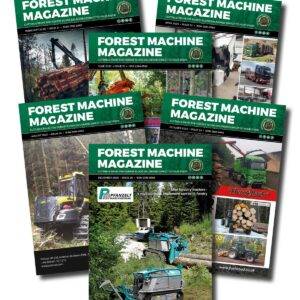The Dismantling of the American Timber Industry, American Loggers Council Warns Of Consequence
WASHINGTON DC — It seems like every time an American forest product mill or plant shuts down (monthly if not weekly) it’s viewed as a singular isolated incident. But viewed collectively, the cumulative impacts and magnitude become more focused and apparent. The individual incidents are all symptoms of a larger serious condition that diagnosed properly reveals and represents an unhealthy state of the U.S. timber and forest products industries.
Forest products mill/plant shutdowns directly impact the mill workers and community, but they also impact the logging sector that sustained that facility, although it is typically not addressed in these announcements. Tracking these shutdowns can serve as a barometer revealing the impacts and losses to logging companies. When mills close, logging companies close, and forest health suffers.
While there has been some new mill construction and expansion, this cannot be assumed to be an equal offset. A mill opening 150 miles from where a mill closed, or that uses different species and wood specifications, does not equate to a net zero exchange. So, to merely compare lost production volume to new or expanding production outputs and ignore the geographic displacements or different timber specifications is not reflective of the direct losses and impacts.
The brief summary of American forest products mill closures below may not be all-inclusive, but it does document nearly 50 closures, reductions or curtailments, and it clearly represents an alarming trend during a short period of time (15 months), directly (mill workers) and indirectly (loggers) resulting in ten thousand or more jobs lost.
While American forest products mills and facilities close, the U.S. is now the leading global importer of softwood lumber as depicted by these pine products from New Zealand in a U.S. big box store. According to the World Bank, the U.S. imports over $40 billion in wood products from Canada, China and Brazil.
-
That’s a remarkable amount of work hours for a single machine, the Norcar 600 owned by Erkki Rinne is taken well care of, it even has the original Diesel engine.
-
Kieran Anders is a forestry contractor working in the lake district. His work involves hand cutting and extracting timber using a skidder and tractor-trailer forwarder.
-
It is not possible to eliminate chain shot, but there are simple steps that can be taken to reduce the risk.
-
Arwel takes great pride in the fact that the mill has no waste whatsoever, “the peelings are used for children’s playgrounds, gardens and for farm animals in barns in the winter and the sawdust has multiple uses in gardens and farms as well.
-
Timber hauliers need to encourage young blood in, and also look after the hauliers we have, we need make the sector a safe and positive place to work.
FIND US ON
Related Posts


In economic development it is easier to maintain your economic base rather than replace it. Supporting the existing forest products markets should be the first objective.
However, many contributing factors leading to the decline of the U.S. timber and forest products industries are government policy, regulations, restrictions, unfair trade practices, federal timber supply constraints, and incessant litigation.
FIRST RULE OF MEDICINE – DO NO HARM
Many current government practices are harming the forests, environment, and economy. The good news is that there is a prescription and treatment to cure the disease. The U.S. needs to be willing to take the medicine, follow the treatment (literally forest management treatment) and promote the utilization of all wood fiber removed from the forests. With forest treatments and wood utilization the health of the economy will be better, the health of the environment will be better, the health of the timber and forest products industries will be better, and the health of the forests will be better. But Congress and the Administration must write the prescription (policies and legislation) to cure the situation, or they can practice “skillful neglect” (the “professional” term for doing nothing) and perpetuate the continued decline of rural jobs and forest health, signing the death certificate.
The forest-based bioeconomy can help replace the lost legacy markets and transition to renewable fuels, renewable energy, renewable chemicals, renewable industrial wood pellets, renewable building products, all produced from renewable timber.
The Renewable Fuel Standard (RFS) was developed to support much of this transition, yet the EPA has failed to fully implement many aspects of the RFS. The EPA misinterpretations, delayed processing, and self-imposed restrictions have impeded full implementation and leveraging of this opportunity. The U.S. needs to administer the Renewable Fuel Standard as intended by Congress in order to facilitate the renewable energy transition. Forest-based biomass feedstock can provide the input material for renewable natural gas, hydrogen, Sustainable Aviation Fuel, electricity, coal conversion, and steel / concrete production.
The U.S. has not followed the rest of the developed nations with recognizing the carbon neutrality aspects and reduced greenhouse gas emissions of renewable biomass feedstock when replacing fossil fuels. The rest of the world has. The U.S. is out of step with the accepted global science of biomass feedstock for energy production to address climate change. The U.S. needs to develop a domestic bioeconomy market and policy just as the rest of the developed world has.
Support of the timber, forest products, and bioeconomy sector’s growth will demonstrate a commitment to revitalizing America’s rural economy, communities, and ailing forest health, while developing and transitioning into renewable forest-based bioproducts. Forest health and the timber industry share a symbiotic relationship that is interdependent and mutually beneficial.
Forest Machine Magazine is written and edited by a forest professional with over 40 years hands on experience. We are dedicated to keeping you informed with all the latest news, views and reviews from our industry.
To support us you can subscribe to our bi-monthly magazine which is delivered to your door from only £15 per year.
Subscribe here
#homeoflogging #writtenbyloggersforloggers #loggingallovertheworld

